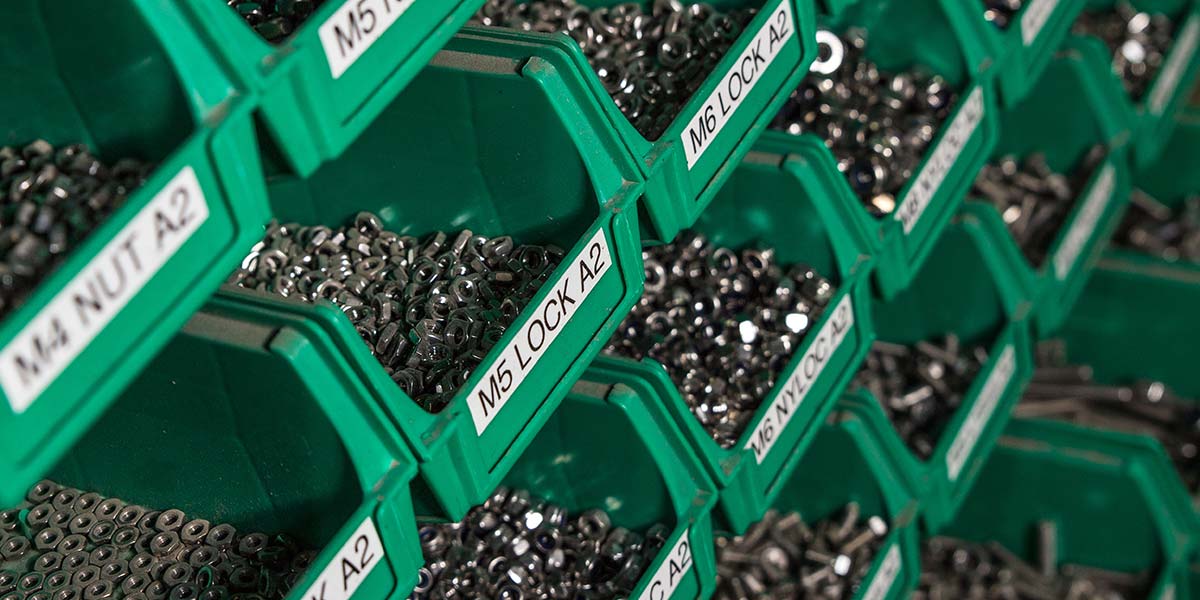
The Economics of Robotic Experimentation
By Bryan Bergeron View In Digital Edition
Robotics experimentation is enabled by the ability to quickly pull together the required hardware and software and iteratively create prototypes. Software is rarely a limiting factor, given the online delivery of virtually all modern software. The requisite hardware, however, is increasingly a rate-limiting factor.
Compared with a decade ago, the robotics market has consolidated, with the result that the variety of affordable robotic components has decreased dramatically. Moreover, there has been an exponential rise in shipping costs for the piecemeal collection of components.
Given this reality, what can you do to maintain an adequate parts bin on a budget? Well, I’ve attacked the problem on several fronts. The most important is planning purchases more carefully. I double-check the parts requirements for every project and I order all the parts at one time from a single vendor. Often, this leads to meeting the free shipping minimum. Also, I’ll add one or two of every component for spares and extra parts.
I also order in bulk, regardless of what I need at the moment. This is especially true with nuts, bolts, and other connectors. It’s a pain searching for a machine screw or bolt in the middle of a project, resizing a bolt that’s too long, or — even worse — waiting for the delivery.
Fortunately, my go-to for connectors (boltdepot.com) sells individual washers and screws or packets in just about any size and composition. When I’m out of a certain size flathead metric screw or other connector, I order a packet of 100.
A few years ago, I quick-started my collection of fasteners by ordering an American and Metric version of Phillips flat head machine screws and nuts from boltdepot.com. These collections of about 500 pieces come in clear plastic boxes with individual compartments. Related to buying in bulk is buying with one or more friends. If you can’t use 500 pieces of metric connectors, then find a friend willing to spend a few dollars for half of a collection of connectors or components.
Another strategy — especially when it comes to processors — is to purchase kits. It’s amazing what’s included in relatively inexpensive kits for rolling bots, arms, and aerial drones.
For example, I’ve ordered several Arduino and Raspberry Pi kits by Elegoo on Amazon when all I needed at the time was bare boards. These kits come with the core processor plus myriad additional components.
One of my favorite kits is the Elegoo Uno 3 Project Smart Robot Car Kit V3.0. For about $55 (Amazon), you not only get a Uno R3, but sensors for line tracking, a remote control, ultrasonic distancing, and more. I just toss the extra parts into a dedicated processor bin that’s proven to be a treasure chest later.
Finally, when it comes to experimenting with robotics economically, I often let the parts define my robot design instead of vice versa. If you design your robots to make use of your existing parts inventory — including parts from robots you’ve retired — then you won’t find yourself putting your experiments on hold while you wait for a special part in the mail. SV
Article Comments